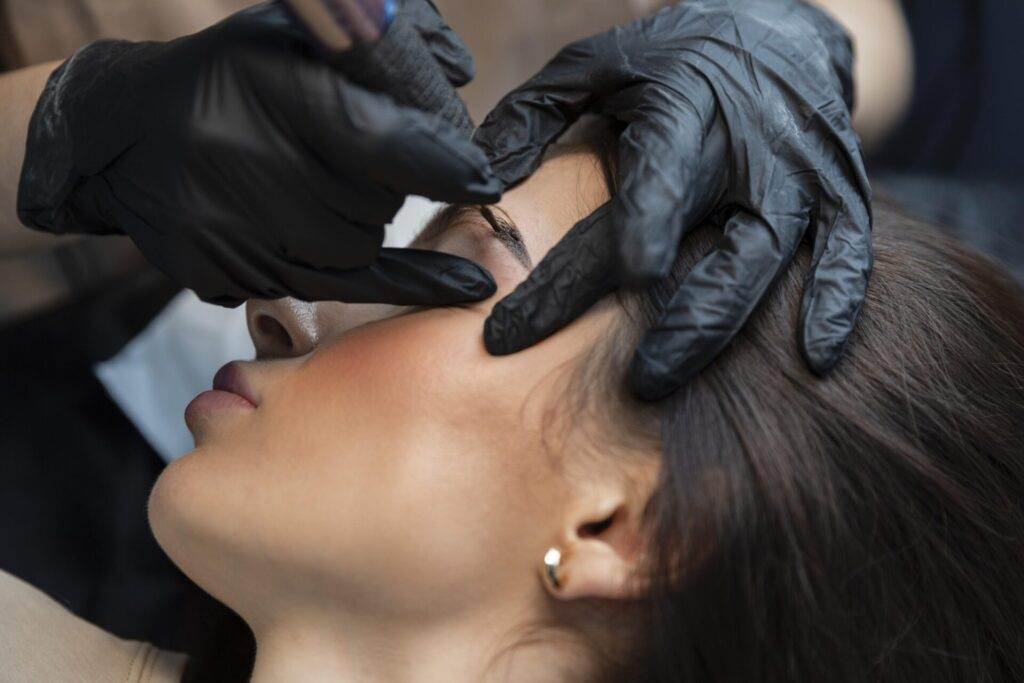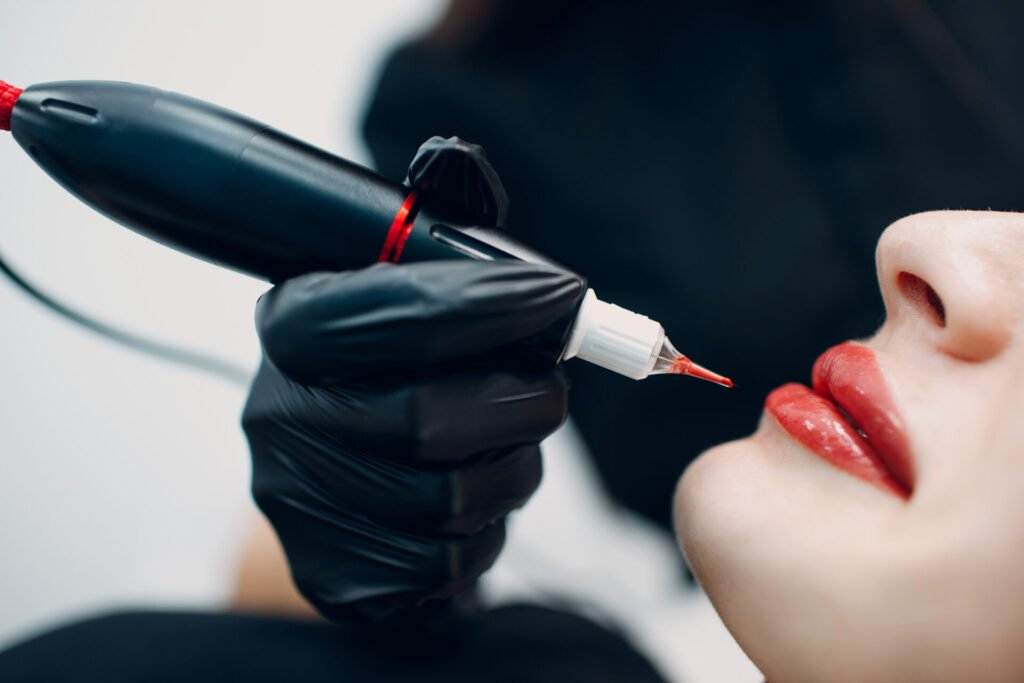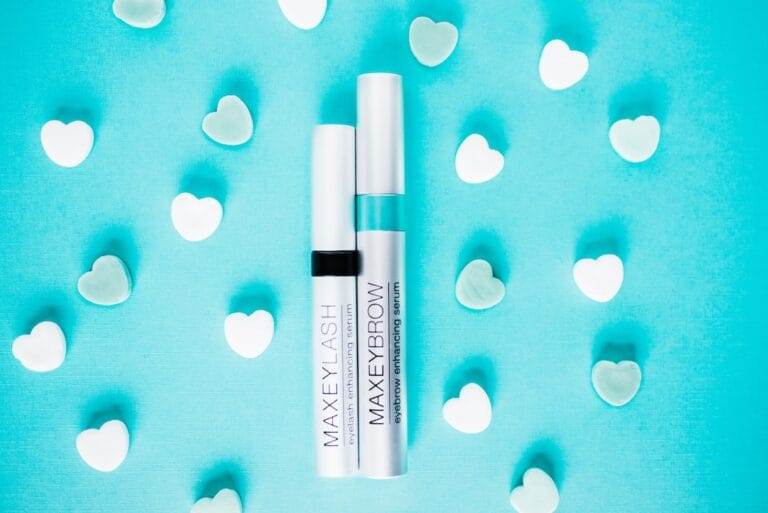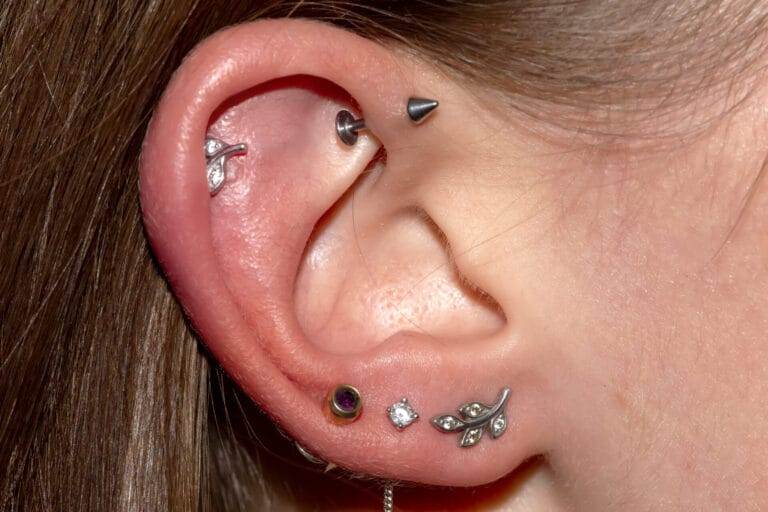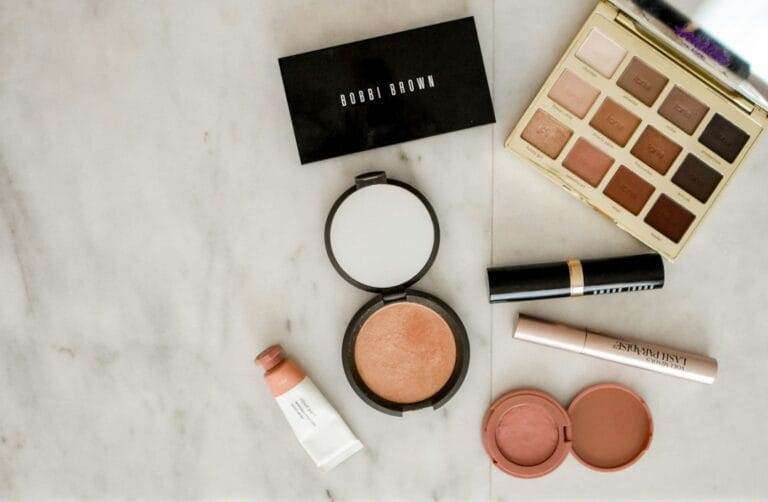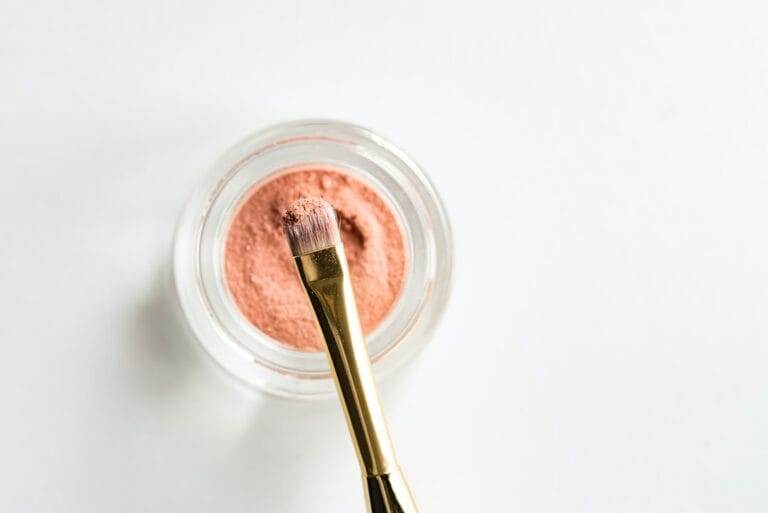Introduction to Cosmetic Tattooing
What is Cosmetic Tattooing?
Cosmetic tattooing, also known as permanent makeup, is the artistic application of pigments to enhance facial features and achieve a more polished look without the daily hassle of makeup application. This techniques can include anything from enhancing eyebrows, achieving fuller lips, to creating defined eyeliner—all designed to save time and effort in one’s beauty routine. Imagine waking up every morning with perfectly shaped eyebrows or the ideal lip tint that complements your skin tone. With cosmetic tattooing, clients enjoy long-lasting results that reduce the need for daily makeup while boosting their confidence.
History of Cosmetic Tattooing
The practice of tattooing for cosmetic purposes is not as modern as many might think. Its roots can be traced back thousands of years. Here are some key points in its history:
- Ancient Cultures: Evidence shows that Ancient Egyptians used cosmetic tattooing to enhance their eyes, specifically with kohl, which was applied as both makeup and protection against the sun.
- Inuit Practices: Inuit women historically tattooed their faces to signify their identity and beauty.
- Modern Renaissance: The modern revival of cosmetic tattooing began in the late 20th century, especially in the 1980s, when techniques like eyebrow tattooing gained popularity.
With each era, cosmetic tattooing has evolved, blending artistry with technological advancements to create the refined techniques we see today. As we delve deeper into this fascinating topic, it becomes evident that cosmetic tattooing is both a form of self-expression and a practical solution for many.
Choosing the Right Cosmetic Tattoo Artist
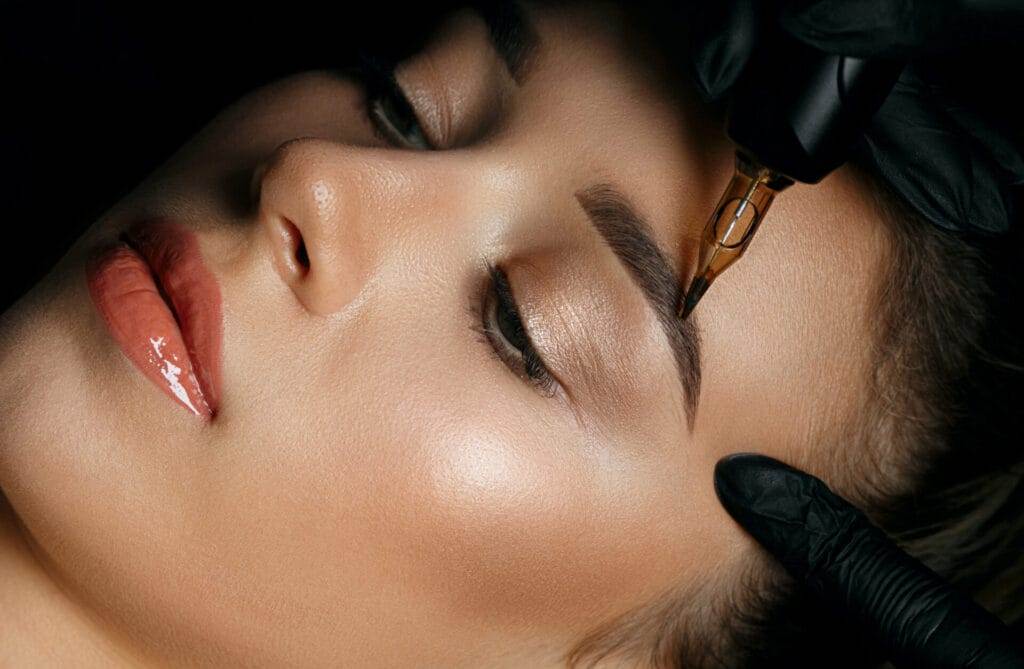
Qualifications and Training
Selecting the right cosmetic tattoo artist is crucial to achieving the desired results. With various techniques and methods involved in this art form, it’s essential to ensure that the chosen artist possesses the appropriate qualifications and training. When evaluating a potential artist, consider the following:
- Certifications: Look for artists who have completed recognized training programs in cosmetic tattooing. These programs often cover hygiene protocols, color theory, and skin anatomy.
- Health and Safety Standards: Verify that they adhere to local health regulations, which may require specific sanitation practices and certifications.
- Experience: An artist’s experience level can greatly impact the result. An experienced artist is more adept at understanding diverse skin types and delivering tailored results.
Portfolio Review
Once you’ve assessed their qualifications, the next step is to review their portfolio. This gives you insight into their artistic style and skill level. When going through their work, pay attention to:
- Before and After Photos: These provide a clear indication of the artist’s abilities and the transformations they can achieve.
- Variety: Check for diversity in their portfolio, showcasing different styles and techniques, such as microblading for eyebrows or lip blushing.
- Client Testimonials: Reading reviews or testimonials can give you an idea of other clients’ experiences, which is invaluable in making your decision.
Remember, choosing the right cosmetic tattoo artist is an investment in your appearance and confidence. Take your time and select someone who resonates with your personal style and expectations. Your satisfaction starts with the right choice!
Common Types of Cosmetic Tattoos
Eyebrow Microblading
One of the most popular cosmetic tattooing techniques is eyebrow microblading. This method involves using a specialized tool to create fine, hair-like strokes that mimic the look of natural eyebrow hairs. It’s perfect for anyone wanting to enhance sparse or uneven brows. Many individuals choose microblading to simplify their daily beauty routine. Imagine waking up every day with perfectly shaped eyebrows without needing to fill them in—you can run out the door with confidence! A few key points to consider include:
- Longevity: Results can last between 1-3 years, depending on skin type and aftercare.
- Natural Appearance: The results are typically softer and more natural-looking than traditional tattoos, making it a preferred choice for many.
Lip Blushing
Another exciting technique gaining traction is lip blushing. This method involves depositing pigments into the lips to create a more vibrant and defined lip color. Whether someone wants to correct asymmetry or simply enhance their natural shade, lip blushing offers a range of benefits.
- Customization: An artist can tailor the color to enhance your unique lip tones.
- Effortless Beauty: With lip blushing, you can skip messy lipstick applications and enjoy a fresh look throughout the day.
Both eyebrow microblading and lip blushing showcase the versatility of cosmetic tattoos, catering to various needs and preferences. By understanding these types of procedures, you can make informed choices that align with your beauty goals!
Preparing for a Cosmetic Tattoo Procedure
Consultation Process
Before diving into a cosmetic tattoo procedure, the consultation process is a vital first step. This meeting allows you to discuss your goals and expectations with the artist while assessing your suitability for the procedure. During the consultation, be prepared to:
- Ask Questions: Inquire about the artist’s experience, techniques, and what you can expect in terms of results.
- Discuss Your Preferences: Bring along pictures of desired looks to help the artist understand your vision better.
- Review Health Concerns: Share any medical history or allergies that might affect the procedure.
This open dialogue helps ensure that both you and the artist are on the same page, paving the way for a successful outcome.
Aftercare Instructions
Once you’ve decided to go ahead with the procedure, understanding aftercare is essential for optimal healing and lasting results. Your artist will provide specific guidelines, but here are some general pointers to keep in mind:
- Avoid Moisture: For at least 10 days post-procedure, keep your newly tattooed area dry to prevent infection.
- Skip Makeup: Refrain from using makeup around the area for the first week, allowing the skin to breathe and heal properly.
- Use Healing Ointment: Applying any ointment the artist recommends will aid the healing process and maintain color saturation.
By following these aftercare instructions diligently, you’ll not only ensure your safety but also enhance the final look of your cosmetic tattoo. Taking these preparatory steps seriously will help you achieve the stunning results you desire!
Tattooing Risks and Safety Precautions
Potential Risks
While cosmetic tattooing offers fantastic benefits, it’s important to acknowledge that there are potential risks involved. Being aware of these can empower you to make informed choices. Common risks include:
- Allergic Reactions: Some individuals may react negatively to the pigments used in tattooing, leading to redness, swelling, or skin irritation.
- Infection: If proper hygiene practices aren’t followed, there is a risk of infection at the tattoo site. This can lead to complications and unsatisfactory results.
- Uneven Results: Skill level varies among artists, and an inexperienced artist may create uneven or unnatural-looking tattoos.
Personal stories abound of individuals who went into a procedure without fully understanding these risks, only to be left feeling disappointed or anxious post-treatment. Awareness and preparation can help mitigate these issues.
Safety Measures
To safeguard against these potential risks, following safety measures is crucial. Here are some essential precautions:
- Choose a Qualified Artist: Ensure your artist is licensed and has undergone proper training. Check for certifications and experience.
- Ask for Sanitation Protocols: A reputable artist should use single-use, sterile equipment, and maintain a clean workspace.
- Conduct a Patch Test: Before the full procedure, see if the artist can perform a patch test to check for allergic reactions.
By recognizing the potential risks and taking those necessary safety precautions, clients can confidently pursue cosmetic tattooing while minimizing concerns. Empower yourself with knowledge to enjoy a safe and successful experience!
Understanding the Healing Process
Immediate Post-Procedure Care
After completing your cosmetic tattoo procedure, understanding immediate post-care is crucial for achieving the best results. Your skin needs that extra attention just after the treatment. For instance, you might experience slight redness or swelling—think of it as your body’s initial response to the artistic enhancement. Here are a few key care tips:
- Keep it Clean: Gently cleanse the area with a mild, fragrance-free soap and follow your artist’s advice on products that are safe.
- Avoid Moisture: Try to keep the area dry for the first few days, avoiding wetting it while washing your face or during showers.
- Use Recommended Ointment: Apply any prescribed healing ointment sparingly to promote healing without suffocating the skin.
As someone who diligently followed these steps after their lip blush procedure, I noticed a significant improvement in the vibrancy of my results—patience truly pays off!
Long-Term Healing
The healing process doesn’t end after the first few days. Understanding long-term healing can help you maintain the integrity of your tattoo. Typically, the skin will continue to settle and adjust for about four to six weeks post-procedure. Here are some important factors to consider during this period:
- Color Change: Initially, the hue may appear darker and then lighten as the skin heals. Don’t panic; this is normal!
- Moisturize: Once the initial healing stage is complete, keep the area hydrated with a non-irritating moisturizer to enhance the longevity of the color.
- Avoid Sun Exposure: Protect your tattoo from direct sunlight to prevent fading; sunscreen is your best friend!
By adhering to both immediate and long-term care protocols, you’ll ensure a smooth healing journey, which leads to stunning and longer-lasting results. Embrace the process, and enjoy your new look!
Maintenance and Touch-Up Procedures
Frequency of Touch-Ups
Once you’ve invested in cosmetic tattooing, maintaining your look with regular touch-ups is essential. Over time, factors such as skin type, sun exposure, and lifestyle choices can affect the longevity of your tattoo. Typically, it’s recommended to plan for touch-ups every 1 to 3 years, depending on the specific technique used and your skin’s condition. For instance, my friend who opted for eyebrow microblading found that she needed a touch-up every 18 months to keep her brows looking crisp and defined. Factors to consider when determining the frequency of touch-ups include:
- Skin Type: Oily skin may cause pigment to fade faster compared to dry skin.
- Sun Exposure: Regular sun protection can extend the life of your cosmetic tattoo, reducing the frequency of needed touch-ups.
Maintaining Cosmetic Tattoos

Maintaining your cosmetic tattoos is a proactive approach to prolong their beauty. Here are some simple yet effective tips:
- Hydrate and Moisturize: Keeping the skin hydrated helps maintain pigment vibrancy and clarity.
- Sunscreen Protection: Always apply sunscreen to the area when exposed to sunlight to prevent fading.
- Gentle Cleansing: Use mild cleansers and avoid harsh exfoliants which can wear down the pigment over time.
Taking these maintenance steps not only enhances the longevity of your tattoo but keeps it looking fresh and vibrant. By establishing a routine of touch-ups and care, you’ll enjoy the beauty of your cosmetic tattoos for years to come!
Removing or Correcting Cosmetic Tattoos

Tattoo Removal Options
While cosmetic tattoos can enhance your features, there may come a time when you want to remove or alter them. The good news is there are several removal options available. Understanding these methods can provide peace of mind for those considering cosmetic tattooing.
- Laser Removal: This is one of the most popular methods for tattoo removal. It uses laser technology to break down the pigment in the skin. Multiple sessions are usually required, but results can be quite effective.
- Saline Removal: This technique involves using a saline solution to draw pigment out of the skin. It’s considered less painful and can be tailored to specific areas, but results vary by individual.
- Cover-Up Tattoos: If removal isn’t an option or appealing, a well-planned cover-up tattoo can effectively mask the unwanted cosmetic tattoo.
I recall a friend who opted for laser removal after she felt her microblading was too dark. It took a few sessions, but she was thrilled with the gradual fading results.
Correcting Tattoo Mistakes
If you’ve noticed imperfections in your cosmetic tattoos, you might consider corrective procedures. Here’s what to keep in mind:
- Consult a Skilled Artist: Versatile artists can assess and suggest appropriate corrections, whether tweaking color, shape, or density.
- Microblading Touch-Ups: If your microbladed brows look imperfect, an experienced artist can skillfully enhance or reshape them, transforming them into your envisioned look.
- Color Correction: Sometimes pigments fade or change tone. An artist can adjust pigment shades to achieve a more natural appearance.
Whether you’re considering removal or correction, it’s essential to consult qualified professionals. Knowing your options empowers you to maintain the beauty and confidence that cosmetic tattoos are designed to offer!
Cost Considerations for Cosmetic Tattooing
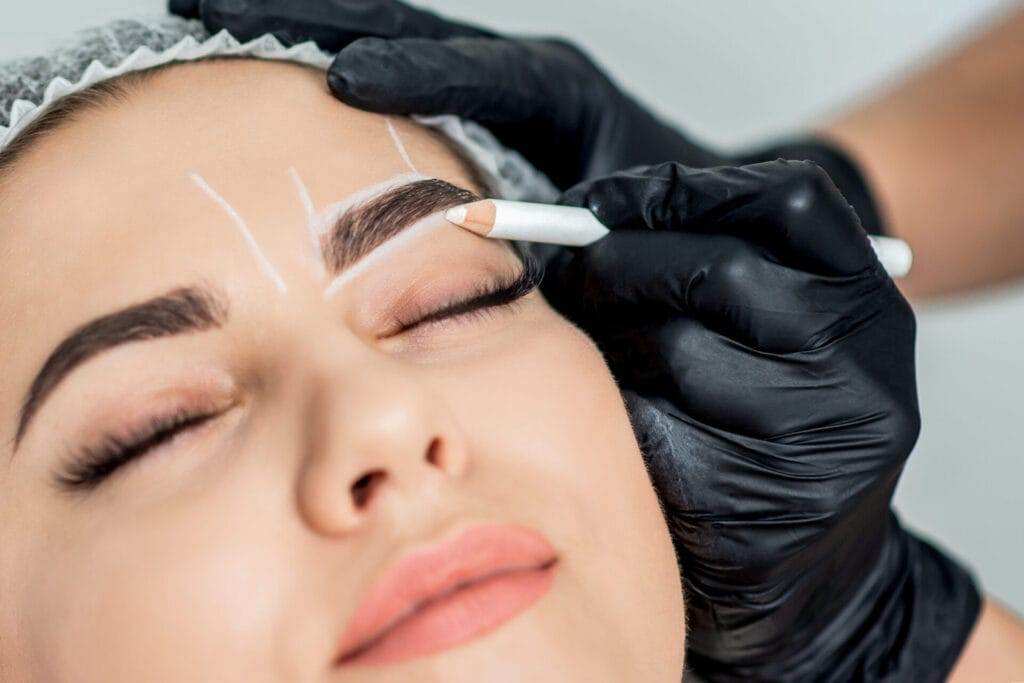
Factors Affecting Costs
When contemplating cosmetic tattooing, understanding the cost implications is essential. Several factors can influence how much you’ll pay for your procedure, including:
- Artist’s Experience: Highly skilled and experienced artists often charge more due to their expertise and reputation. Investing in a top-tier artist can be worthwhile for the quality of results.
- Location: Prices vary significantly based on geographic location. Major urban centers typically see higher rates compared to smaller towns due to the cost of living and demand.
- Procedure Type: Different techniques carry different costs. For instance, eyebrow microblading may range from $400 to $800, while lip blushing might cost slightly more due to its complexity.
Personally, when I was researching eyebrow microblading, I encountered a wide range of prices, which made me realize the importance of balancing cost with quality.
Budgeting for Cosmetic Tattooing
Creating a budget for your cosmetic tattooing is key to ensuring you can afford the procedure without financial stress. Here are some practical budgeting tips:
- Research: Start by gathering information on local artists and their rates. This helps set realistic expectations.
- Include Aftercare: Don’t forget to budget for aftercare products or follow-up touch-ups that may be required after the initial procedure.
- Be Transparent: Discuss costs upfront with your artist to avoid surprises. Many studios will provide a clear breakdown of prices and payment options.
By considering these cost factors and strategically budgeting for the procedure, you’ll make the experience smoother and more manageable, ultimately leading to greater satisfaction with your cosmetic tattoo investment!
Conclusion
In wrapping up our exploration of cosmetic tattooing, it’s essential to acknowledge the transformative potential it holds. Whether you’re enhancing your eyebrows, defining your lips, or creating a signature look with eyeliner, cosmetic tattooing can significantly streamline your beauty routine and bolster your confidence.

